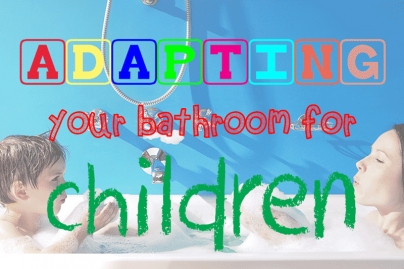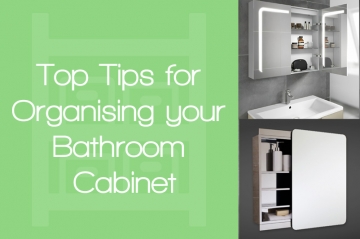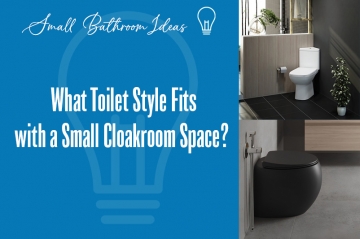Adapting Your Bathroom For Children

Adapting Your Bathroom For Children
There's so much to think about when you become a parent for the first time, and we all spend hours poring over the baby retail websites picking out our favourite cots and pushchairs. When we bring baby home first, most of us use a small baby bath, but it won't be long until your baby has grown out of that and will be using the family bathroom. There's no need to rip out the whole bathroom and start again from scratch to accommodate your child, but there are a few adjustments which will make life easier for the whole family.
Around the Bath
If you have an over the bath shower with a rigid screen, this can make supervising small children in the bath very difficult. A shower curtain is far more practical as it can be pulled right back to allow the parent to support smaller babies in the bath, and to make getting into and out of the bath easier too. Shower curtains are not expensive to buy, and if you buy a curtain pole with suction pads on each end, you won't even have to get the drill out to attach it to the wall. The other thing which is essential for the bath is some sort of rubber bath mat which attaches to the base of the bath and stops a small child slipping around while sitting in the bath. It should also go without saying that an adult should never leave a small child unattended in the bath.
Think about Height
Toilets and sinks are built at the perfect height for an adult, not a small child so whether you are teaching your child to use the toilet or brush their teeth, you're going to need some sort of step to raise them up to the right level. Most major baby and child retailers sell plastic steps for just a few pounds, but you can also use wooden storage crates which both provide a step for the child and a place to store away all the bath toys and baby toiletries. Ensure that whatever step you use is sturdy enough to take the child's weight comfortably, and will not slide around on the floor when someone is standing on it.
Move the Cleaning Products and Medicines
Small children are naturally curious and brightly coloured cleaning products or medicines can all too easily end up in their mouths. Many of us store bleach in a drop down bath panel or leave a bottle of toilet cleaner next to the loo, at just the right level for little fingers to find. Don't be lulled into a false sense of security by using products with “child-proof” caps, many children find these far too easy to open. Get out of the habit of storing cleaning products in the bathroom, and keep them in a high cupboard somewhere else in the house. Buy a medicine cabinet which can be mounted high on the wall out of the reach of children, or look for a cabinet which locks with a key or a combination to prevent children from getting in.
Toilet Training
Parents will often say that toilet training is the worst part of being a parent, and for every parent who finds their little darling cracks using the toilet in a week, there is another parent tearing their hair out for months. Introduce your child to the toilet early on, make sure they are aware of what it is for and get into the habit of sitting them on the toilet while you brush their teeth or get them ready for a bath. A special seat which slips between the toilet and the existing seat will help them feel more secure. Boys in particular often find it difficult to master the art of using the toilet without making a mess everywhere, and there are products like the Wee Target or special stickers which you can fit into the loo and give them something to aim at.
Flooring
Trips and slips are one of the most common reasons for bathroom injuries, whatever the age of person involved. Minimise the risks in your bathroom by avoiding using rugs and mats on shiny floors, and look for textured vinyls or tiles when you are thinking of replacing bathroom flooring.
Related Posts
We have put together our top tips for organising your bathroom cabinet, designed to help you to get to work and have it sorted in no time at all.
Wall hung, small, back to wall, and corner toilets can help you make the most of your small cloakroom space. Learn more about these options and how to maximize space in your cloakroom.
Shower doors are one part of your bathroom that can quickly get to the stage where they look a little grubby, and the bad news is that they can be tricky to clean. To help you work out the best way to clean your shower door, we have put together some of our cleaning tips to ensure that you don't spend all your time cleaning and still look the best they can.




